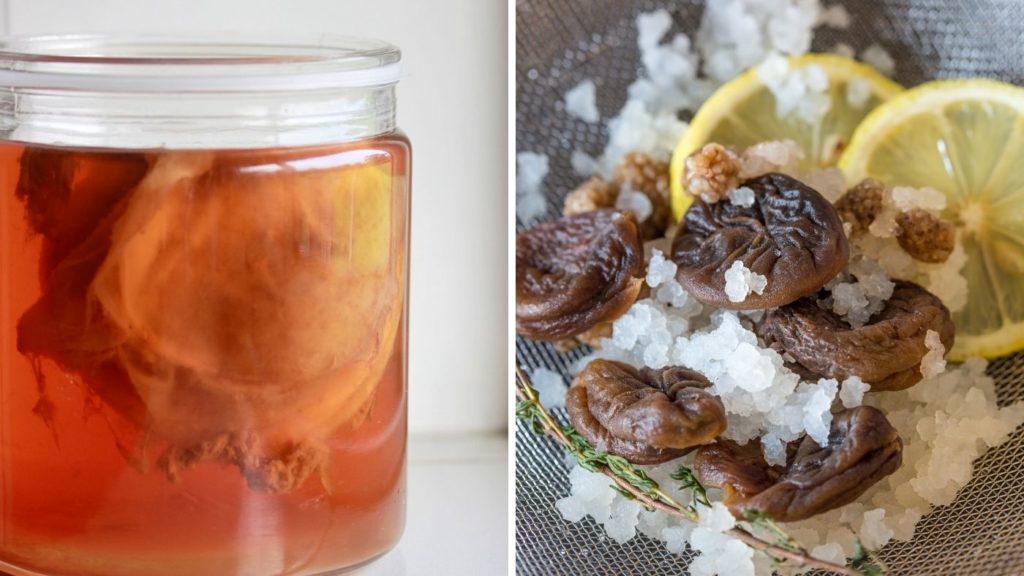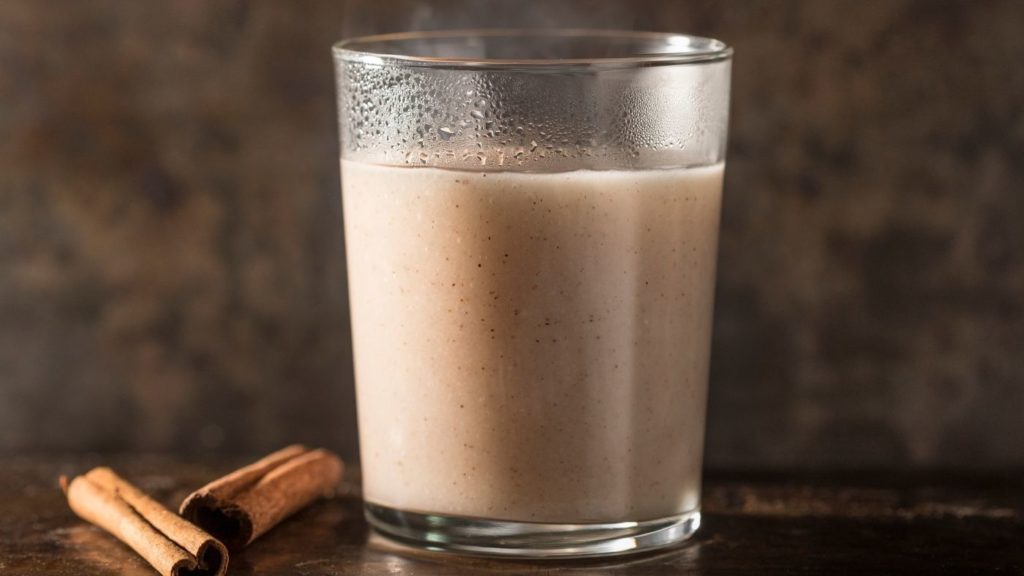Discover our delicious vanilla bean mead recipe! This enchanting beverage will give you a rich, slightly rounded taste experience. Easy to make and sulphite-free, this Metheglin recipe will captivate your taste buds with its light, subtle sweetness, and fruity aromas.
Whether for a festive evening or a moment of gustatory pleasure, follow our simple and complete instructions to make this divine homemade 15% alcohol vanilla mead. Let yourself be carried away by its unique delights!
What Is Spiced Mead (Metheglin)
Metheglin, also known as spiced mead, is one of many kinds of mead. This type of mead is distinguished by the addition of aromatic spices that give it unique and captivating flavours.
The spices used can vary according to the brewer’s preferences and creativity, but ingredients such as cinnamon, cloves, cardamom, ginger, and vanilla are often found. These spices add depth of flavour and an extra aromatic dimension to the mead, creating a unique experience. Metheglin is prized for its complexity and ability to awaken the senses, making every sip a real treat for lovers of fermented beverages.
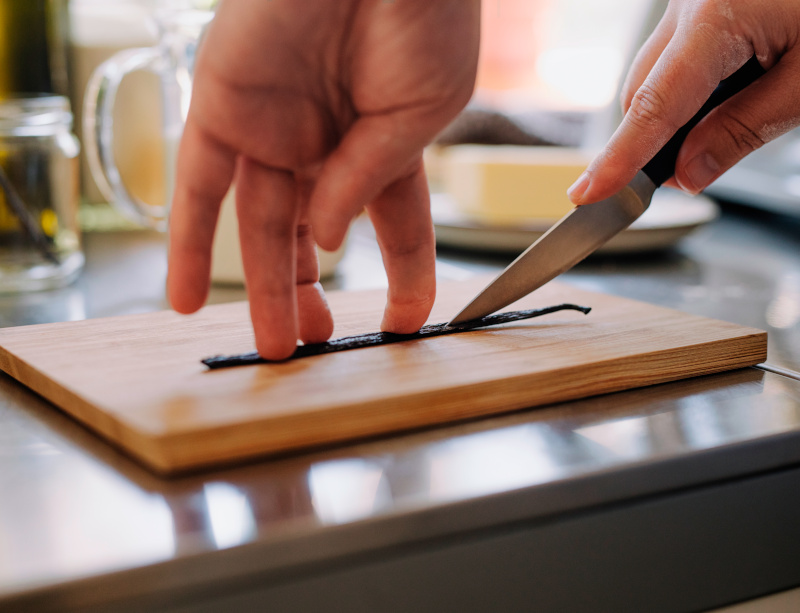
For brewing this mead recipe, we’ve opted to use only vanilla, but feel free to experiment with other spices!
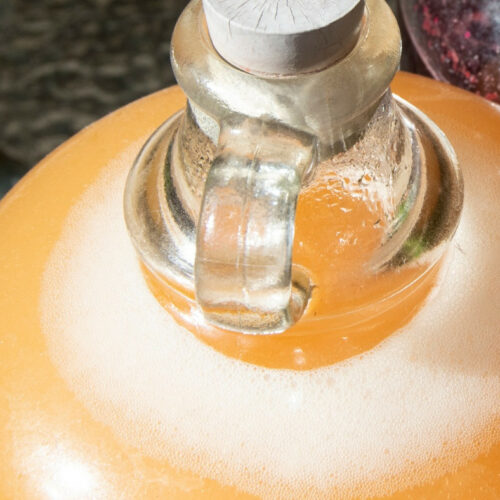
Vanilla Mead Recipe
Equipment
- 1 Kitchen whisk (or large spoon)
- 1 Kitchen scale
- 1 Funnel
- 1 racking cane (small)
- 1 hydrometer (optional)
Ingredients
Fermentation primaire
- 1.4 kg honey (1 litre)
- 2.4 L filtered water (or boiled)
- ½ tsp. Fermaid yeast food
- 1 sachet D47 Yeast
Macération
- 300 g honey (225 ml)
- ½ pod vanilla (or ¾ tbsp. pure vanilla extract)
Steps
Sanitizing the Equipment
- Clean your kitchen sink and secure its stopper.
- Fill your sink with cold water to ¾ of its height.
- Pour in 2 tbsp. (30 ml) of Star San sanitizer.
- Immerse the jar, carboy, funnel, and whisk.
- Let it stand for at least 2 minutes (no rinsing required).
Preparing the Wort
- Dissolve the contents of the yeast sachet in a glass of warm water, then set aside.
- Place the jar on the weighing scale; set it to zero; pour in the honey until you reach 1400 g.
- Return the scale to zero; add 2400 g (2.4 L) of water to the jar.
- Whisk vigorously until honey is completely dissolved. Oxygenate well with the whisk; this helps the yeast. You've just made the wort!
- Pour the yeast and yeast food into the jar and stir.
Primary Fermentation
- Pour the contents of the jar into the carboy using the funnel.
- Fit the stopper and airlock, then fill the airlock with water to the top.
- Let it ferment at room temperature until there is less than 1 bubble per minute (1 to 2 months). You might forget to do this but don't forget to maintain the liquid level in the airlock.
Maceration
- Sanitize the jar, its lid, the racking cane, and the whisk.
- Draw the mead from the carboy into the jar, taking care to leave as much sediment as possible at the bottom of the carboy. Carefully insert the cane into the carboy so as not to disturb the bottom.
- Add the vanilla in liquid or pod form. If you are using whole vanilla, make an incision all along the half-vanilla pod, then place it in the jar.
- Add the honey and mix gently with a whisk, limiting the formation of bubbles.
- Screw the lid on the jar and refrigerate for 1 to 2 weeks.
- When the week is up, remove the vanilla pod.
Bottling
- Sanitize the racking cane and the bottles.
- Using the racking cane, transfer the mead into the bottles.
- Leave the bottles to stand for one month at room temperature (above 18°C/65°F). The bottles should not produce any fizz.
Notes
How Long Can Mead Be Kept?
To enjoy this vanilla mead recipe at its best, we recommend that you let it age in the bottle for one year. Although it can be kept longer, bear in mind that after two years, vanilla nuances begin to fade, while honey flavours intensify, becoming richer and creamier.
Meads with high alcohol content, such as this Metheglin, have the particularity of improving over the years. They can therefore be kept for many years, and in some cases for decades. To ensure ideal aging, we recommend that you store your bottles of mead in a cool, dark place, at a constant temperature, just as you would store your wine.
It’s not surprising if your mead supply quickly diminishes, given its delicious flavour! Consider it motivation to experiment further and prepare a larger quantity of this succulent homemade mead next time. Cheers! 😉🍷
What Type of Honey Should You Choose for Your Mead?
Blueberry honey is the preferred choice for this recipe, offering a perfect pairing with vanilla and revealing exquisite earthy nuances during fermentation. However, as blueberry honey is not always easy to come by, there is a constellation of other options.
But fear not! Liquid honey is ideal since it mixes easily. However, if your honey is crystallized, it can be gently heated in a bain-marie to liquefy it before using it in the recipe.
Remember, making mead is as much an art as a science – let your taste buds be your guide.
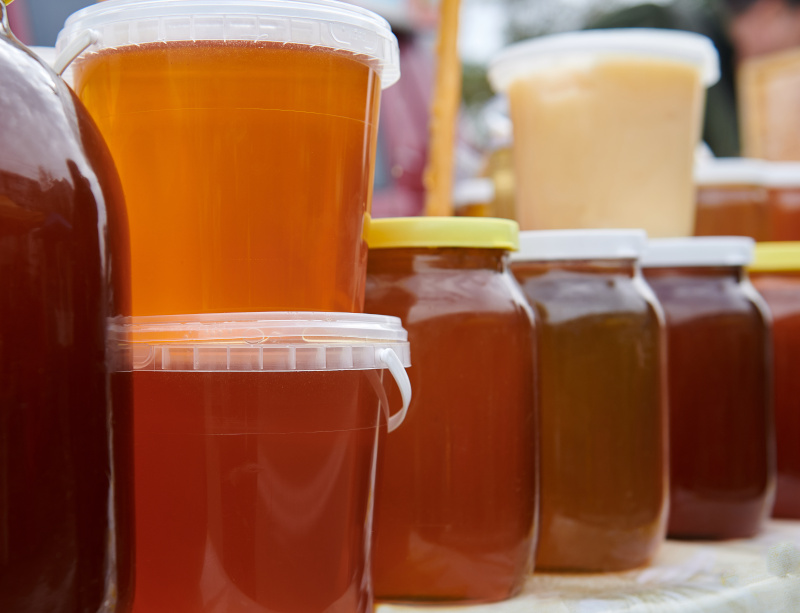
Here are a few alternatives definitely worth considering:
- Clover honey: Sweet, caressing honey with delicate, flowery flavours.
- Wildflower honey: For the adventurous, this honey offers a palette of complex and changing flavours.
- Acacia honey: Elegance incarnated; this honey is light with a touch of floral sweetness.
- Linden leaves honey: Imagine a cool summer breeze; this honey brings a unique liveliness and freshness.
- Apple tree honey: The result will resemble a chouchen, a traditional Breton mead!
Pasteurized or raw honey? Pasteurized honey ensures stable fermentation with no competing microorganisms. Raw honey gives richer flavours. With D47 yeast, both options are possible, as this yeast overpowers the wild microorganisms.
Technical Details
We aim to make a simple recipe, without sulphites and with a relatively short fermentation. The strategy we have chosen to achieve our goal is to select the yeast according to the desired alcohol content, then saturate it with alcohol so that there is some residual unfermented sugar.
D47 yeast is fabulous when it comes to bringing out the flavours of ingredients. What’s more, it has an alcohol tolerance of 15%, which is just right for our recipe.
We will add enough honey to reach 15% alcohol. Any honey or sugar added afterwards will not be fermented, as the yeast will have reached their maximum alcohol tolerance.
Hydrometer readings:
- When preparing the wort, just after mixing the honey and sugar, a hydrometer reading is taken. We aim to achieve an initial density of around 1.115.
- If the density is below this value, you can add sugar or honey to increase it. Inversely, if it is too high, incorporate a little water to reduce it. It will be important to dissolve the honey or sugar thoroughly before taking the measurement again.
- At the end of primary fermentation, the density should be around 1.000. This reflects the conversion of sugar into alcohol, giving a mead with about 15% alcohol. During maceration, the addition of honey will cause the specific density to rise to around 1.025.
- However, at this stage the alcohol concentration is now too high for the yeast to continue processing the sugar, so the added sugar will remain as is. As a result, your mead will be slightly sweet and not effervescent.
